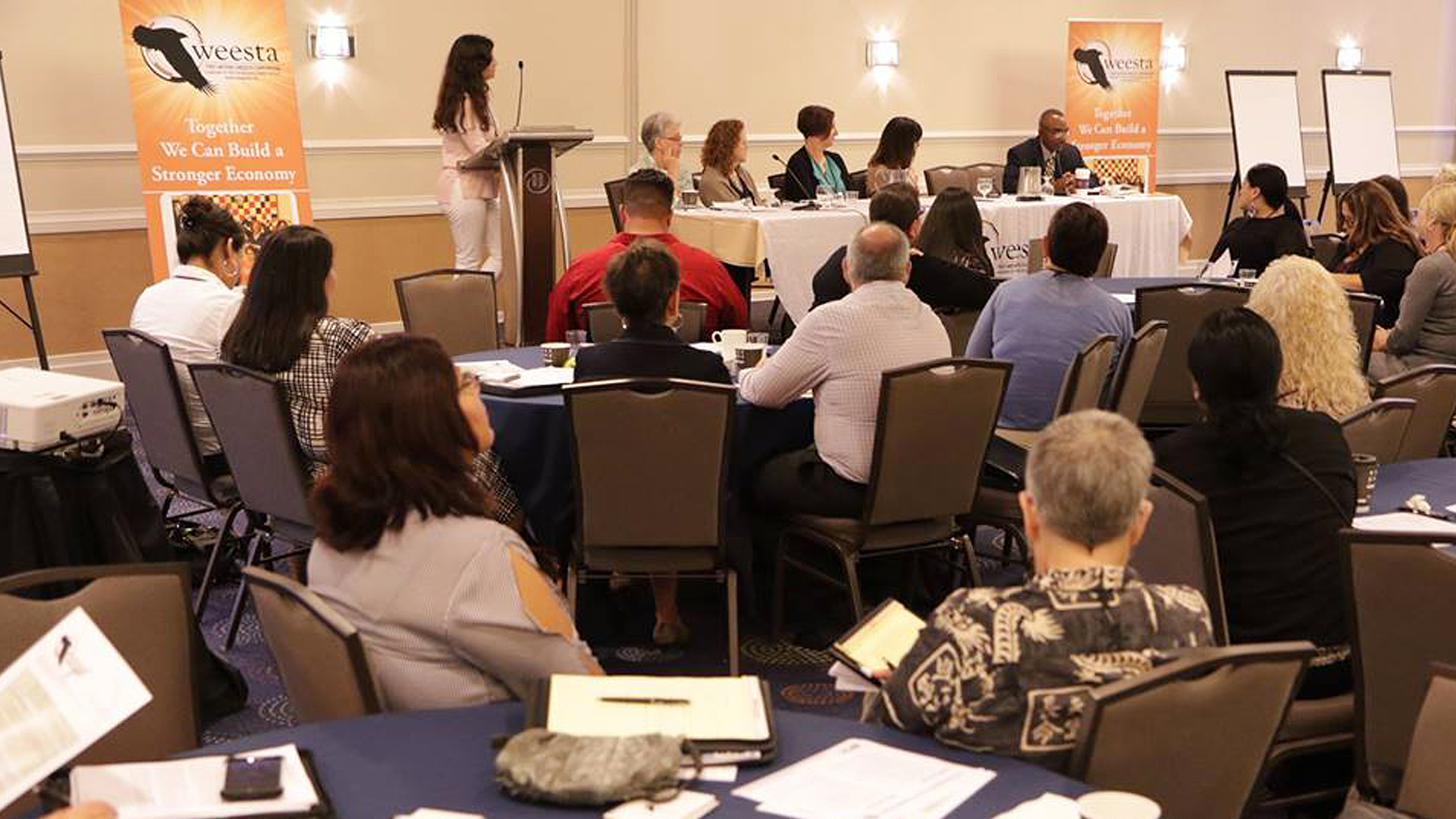Lack of access to credit and financial services is a key barrier to economic development in Native communities (see, e.g., CDFI Fund 2001, Jorgensen and Akee 2017, Listokin et al. 2017). According to our recent research, establishing Native-focused community development financial institutions, or CDFIs, on or near reservations can improve individuals’ credit outcomes—especially if those individuals were in substantial credit distress—and thus can be an effective approach for removing this barrier.
CDFIs are specialized entities that provide financial products and services for consumers and small businesses in communities not fully served by traditional financial institutions. According to the U.S. Department of the Treasury’s CDFI Fund, which certifies CDFIs and grants them financial support, CDFIs that focus at least 50 percent of their activities toward American Indians, Alaska Natives, and/or Native Hawaiians are referred to as Native CDFIs. The number of certified Native CDFIs has risen dramatically over the past two decades, from 16 in 2001 to more than 70 in 2021.
Unlike traditional banks, CDFIs have a social and educational mission, which—if successful—should lead to increases in measures of creditworthiness. In the paper “Community Development Financial Institutions and Individuals’ Credit Risk in Indian Country,” forthcoming in the Journal of Economic Issues, we investigate the impact of Native and non-Native CDFIs on individual credit risk scores in Indian Country. We find evidence that Native CDFIs increase credit scores.
By ramping up its level of activity or entering a geographic area for the first time, a CDFI can increase credit performance and credit access of the area’s residents through direct and indirect mechanisms. Direct channels include financial education programming, credit counseling, and lending—in particular, loan programs specifically designed to build or repair individuals’ credit. In addition, CDFI lending may improve individuals’ credit indirectly through business development and employment. Our analysis captures both of these channels, allowing us to estimate the average effects of Native CDFIs on local residents.
We study the post-financial-crisis years 2013–2017 by combining data from the Equifax-New York Fed Consumer Credit Panel with CDFI data from the U.S. Department of the Treasury, demographic and geographic data from the U.S. Census Bureau, and data on non-CDFI lender presence from the Federal Deposit Insurance Corporation and National Credit Union Administration. The analysis focuses on Indian Country, which we define in the paper as the 2010 Census Block Groups that lie in or within five kilometers (3.1 miles) of federally recognized American Indian reservations in the lower 48 states (excluding Oklahoma).
Using loan volume and staffing levels as measures of CDFI activity, we estimate the impact of that activity on credit performance, as captured by credit risk scores from Equifax. Credit risk scores reflect the credit history and experience of individuals and are used to evaluate the likelihood that an individual will repay their loans without defaulting (Hayashi and Stavins 2012). Higher credit scores suggest lower default risk and greater creditworthiness. Since CDFI lending and programming are generally designed to help people who cannot access credit through traditional means, we split our sample into thirds based on initial Equifax risk scores and estimate the effect of CDFI activity separately on those three groups: individuals with low, moderate, and high scores.
We find that adding one Native CDFI staff member per 1,000 residents leads, on average, to a 45-point increase in Equifax risk score for individuals whose initial score is in the lower third (i.e., those with the lowest creditworthiness). For area residents whose risk score was initially in the middle and upper thirds of the distribution, the effect of Native CDFI staffing levels is smaller and not statistically significant. When Native CDFIs’ activity is measured by loan volume, the results suggest that lending produces short-term gains in the average risk score of area residents, especially in the lower and middle thirds of the distribution, but that these gains are largely reversed after three years.
Non-Native CDFI activity, whether measured by staffing levels or loan volume, generally has no statistically significant effect on the risk scores of area residents. One exception is that for individuals whose risk score is initially in the middle third of the distribution, results suggest a stronger and significant negative effect of non-Native CDFI staffing levels and a statistically insignificant effect of non-Native CDFI loan levels. The contrast between the results of our analyses of Native versus non-Native CDFI activity suggests that the cultural fit of Native CDFIs may be important for improving credit outcomes, and that Native CDFIs play an important role in promoting access to credit in Indian Country.
Previous research on tribal governance (e.g., Cornell and Kalt 2000, Jorgensen 2007, Pickering and Mushinski 2001) strongly suggests that cultural match and trust are important for the effectiveness of political institutions. Trust between borrower and lender is critical for loan performance, and Native CDFIs that design their services with cultural considerations in mind may be better suited to build that trust. Furthermore, financial workshops, training, and counseling that incorporate culturally relevant examples, cultural values, and community-specific characteristics likely lead to more robust credit-building and, subsequently, better credit outcomes.
Michou Kokodoko is a senior policy analyst in the Minneapolis Fed’s Community Development and Engagement department. He leads the Bank’s efforts to promote effective community-bank partnerships by increasing awareness of community development trends and investment opportunities, especially those related to the Community Reinvestment Act.








